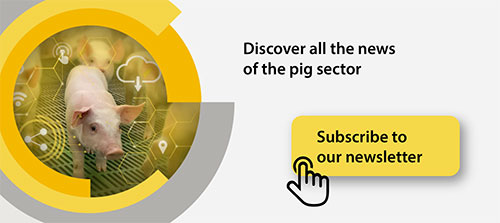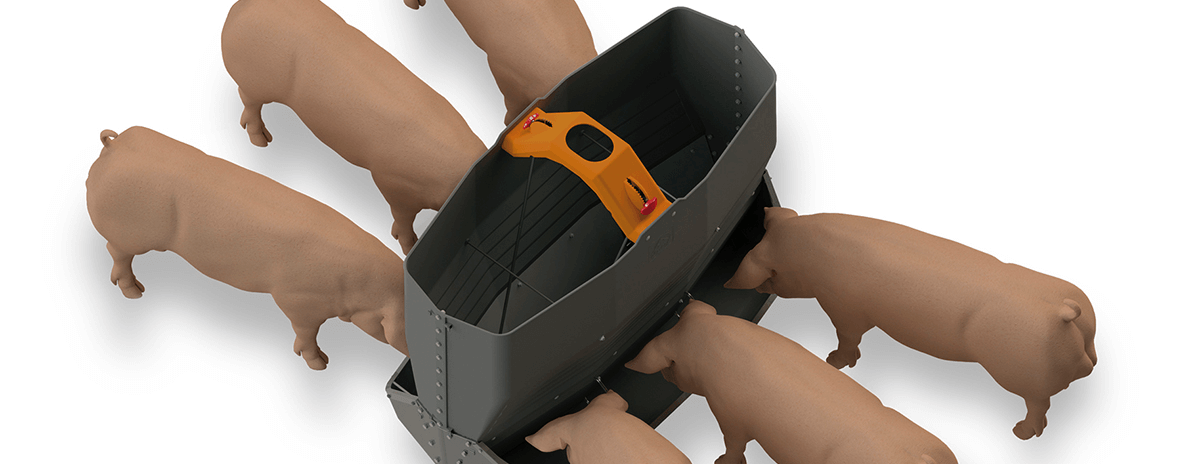Blog
Blog
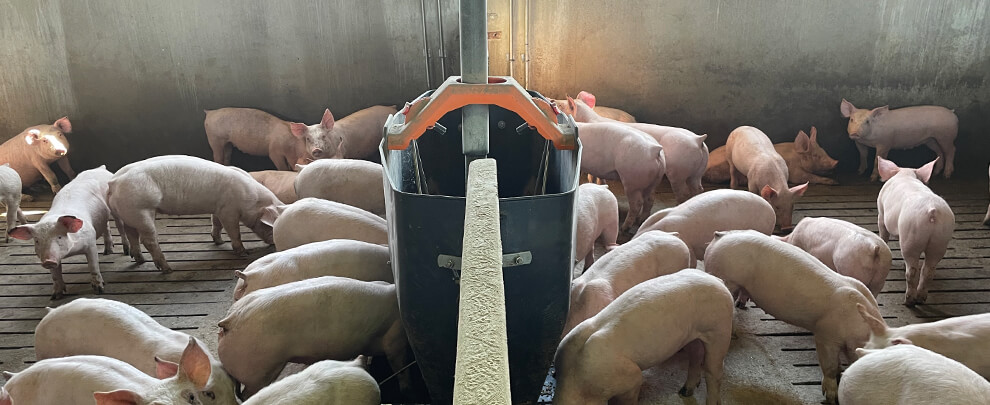
S. Martos: With the TR3D, we have no feed waste
22nd July 2025 - Success stories
Sergi Martos has been responsible for fattening at the Cal General farm in Figuerola de Orcau (Lleida) for more than 25 years. After renovating the older buildings, they decided to install the TR3D feeder because of its easy regulation and the possibility of simultaneously placing it between pens to feed two groups of pigs independently.
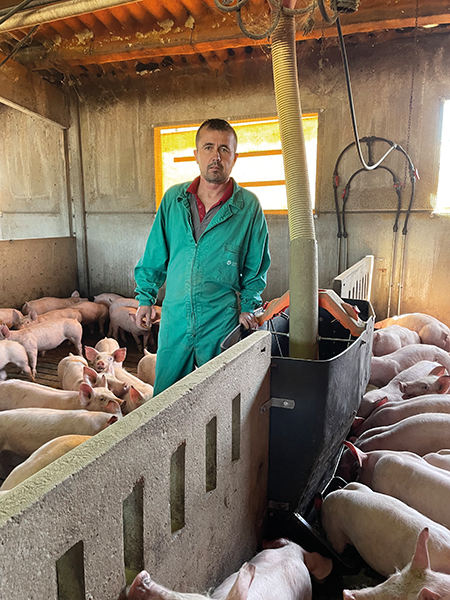
Sergi Martos is responsible for fattening. Photo: Rotecna.
Why did you decide to commit yourself to livestock?
In 1999, I finished my studies and decided to start working. That’s when I got the chance to work in this closed-loop farm, and since then, I’ve been in charge of weaning and fattening at Cal General farm.
How is the farm distributed?
We have five warehouses with a capacity for about 6,000 pigs. The animals are distributed in three sheds of 1,200 pigs and two of 1,500. On the other hand, we have old weaning under construction to expand the fattening capacity by about 1,000 more places. When everything is finished, we will exceed 7,000 fattening spots.
How many people work in it?
Five people work on the farm; four are on the sow’s farm, with 1,000 sows. I am there for weaning and fattening, and I have occasional help with vaccination, cleaning, and moving animals.
Why did you decide to install the TR3D feeder?
In 2023, we refurbished the two oldest fattening sheds and renewed the equipment. In addition, as we reorganised the distribution of the pen separators, the farm owner opted to purchase the TR3D feeders to install them between pens, as it is a double-sided feeder.
After this, what benefits would you highlight from using TR3D?
It is a feeder that works well since we have no feed waste, it can be easily regulated, and the animals adapt quickly. The truth is that we are delighted with it. Moreover, it is a double-sided feeder, which can be set between two pens, allowing us to feed two groups of pigs at the same time independently.
How have the animals adapted to the feeder?
Easy feeder adjustment is key to good pig adaptation. From the beginning, when the animals enter fattening, we leave the regulation open so they can easily find food. Later, we will regulate it gradually so as not to waste feed. In a few days, the pigs get used to eating from the feeder without the problems of animals being left behind and with a reasonable conversion rate.
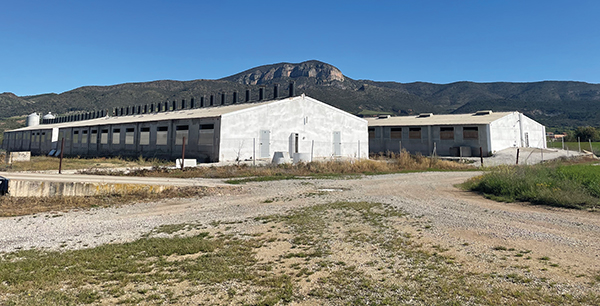
Exterior view of the fattening sheds at the Cal General farm located in Figuerola d'Orcau. Photo: Rotecna.
In addition to this solution, what other products has Rotecna installed on the farm?
We also have the TR2 in fattening and the TR4 in weaning. In farrowing, we have practically everything from Rotecna, for example, the first-age pans for the piglets, dispensers, heating plates, etc.
In general, what do you value about Rotecna?
It offers very durable products. I have been working on this farm since 1999, and we have always worked with Rotecna products. The truth is that they work very well. We are happy.
Talking about health, what are your main concerns?
As with all farms, PRRS is currently our primary health concern. To combat its entrance, we implement biosecurity measures such as perimeter fencing, monitoring the entry of people outside the farm, disinfection of trucks, changes of clothes and boots of personnel, frequent changes of injectable material, etc.
What future challenges do you face?
We are finishing the expansion in both farrowing wards, which we will expand from 155 to 210 places, and the fattening area, where the expansion will allow us to exceed 7,000 places.







